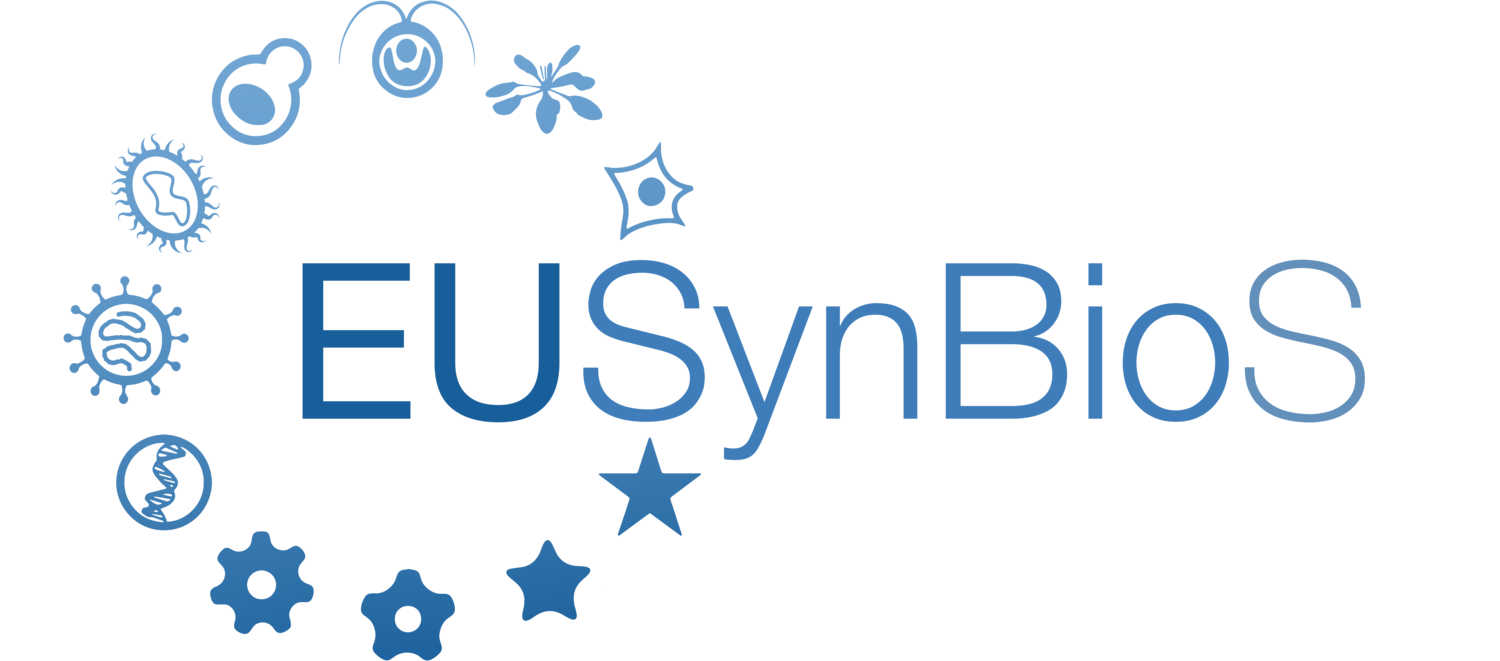TransCon2019: Understanding and managing microbial biotransformation of environmental contaminants
by Anastasia P. Athanasakoglou
With a stunning view on Lago Maggiore a diverse cohort of researchers working in the field of microbial biotransformation got together at TransCon2019, held at Congressi Stefano Franscini, Monte Verità, Switzerland between 28/4 – 3/5. The organizers Kathrin Fenner (Eawag, Switzerland), Jörg Drewes (Technical University Munich, Germany), and Paolo Demaria (Demaria Event Management, Zurich, Switzerland) prepared an exciting agenda, bringing together people with different backgrounds, all working on understanding and managing microbial communities that are used to detoxify chemical contaminants in natural resources and engineered environments.
Jörg Drewes (Technical University Munich, Germany) kicked off the meeting with a talk that highlighted past progress, current challenges and future directions in the field of microbial biotransformation. In the first session, participants had the opportunity to discuss about the experimental toolbox currently assisting the efforts of understanding microbial communities, environmental contaminants, and their interactions. A wide range of bioinformatics pipelines, analytical chemistry methods, and meta-omic approaches seem to be essential to comprehend such complex systems. Environmental and operational factors in wastewater treatment are also highly influencing the decontamination process, adding another level of complexity to the system. These factors, as well as the issues of bioavailability and bioaccessibility of trace contaminants, were presented and discussed in the following two sessions.
The next topic to be addressed was microbial biotransformation, a still challenging to address matter. Is it possible to link certain species and/or their enzymes to specific biodegradation pathways? A number of recent studies on this topic was presented and discussed, illustrating how microbial diversity influences elimination of contaminants, highlighting at the same time the limitations of establishing causal linkages between reactions and enzymes or species. Michael Zimmermann (Yale University, USA) demonstrated how the expression of specific genes from certain species in other microbial communities, those of the human gut, are affecting the metabolism of drugs, offering great insights into how this approach could be used to elucidate biotransformation in environmental microbial communities.
@vdlorenzo_CNB on using metabolic engineering to understand how different strains respond to stress and how we can exploit them to tackle environmental problems #transcon2019 pic.twitter.com/HrGwvYwR0Z
— Anastasia (@athanasakoglou) May 2, 2019
https://platform.twitter.com/widgets.js
All previous sessions had nicely created the basis for the discussions that followed on the 4th day of TransCon2019. The improved understanding of biotransformation reactions offers new opportunities for applications. First, by predicting reactions and comparing biotransformation efficiency across different environments, it should be possible to improve the assessment of the fate of trace contaminants in the environment. Second, it would be feasible to design improved next-generation treatment processes. The latterwas approachedin the final session of the meeting, both fromthe engineers’ point of view but also from a biological perspective. Victor de Lorenzo (CSIC, Spain) demonstrated how to use metabolic engineering to understand how environmental strains evolve pathways to degrade contaminants, information particularly desired for rational design of efficient whole-cell biocatalysts.
Finally,thecontribution of the synthetic biology toolbox in monitoring and tackling environmental pollution was presented by Catherine Fan (Oxford University). Catherine focused her talk on the technology of SimCells (simple simulated cells), a variation of minimal cells that are unable to replicate, thus offering a promising alternative synthetic biology chassis for environmental applications.
TransCon2019 illustrated in the best way how different fields can join forces to address multi-facet problems, such as this of environmental contaminant biotransformation. Chemists, biologists and engineers got together, exchanged ideas and created a strong basis for future research.
Anastasia Athanasakoglou is a postdoctoral researcher at the Swiss Federal Institute of Aquatic Science and Technology. She completed her PhD in biochemistry of marine natural products at the University of Copenhagen, where she also worked on Synthetic Biology approaches to establish production of secondary metabolites in heterologous hosts. Currently, she is working on investigating and characterizing metabolic pathways in complex microbial communities responsible for degradation of environmental pollutants. Find her on Twitter and Researchgate.


